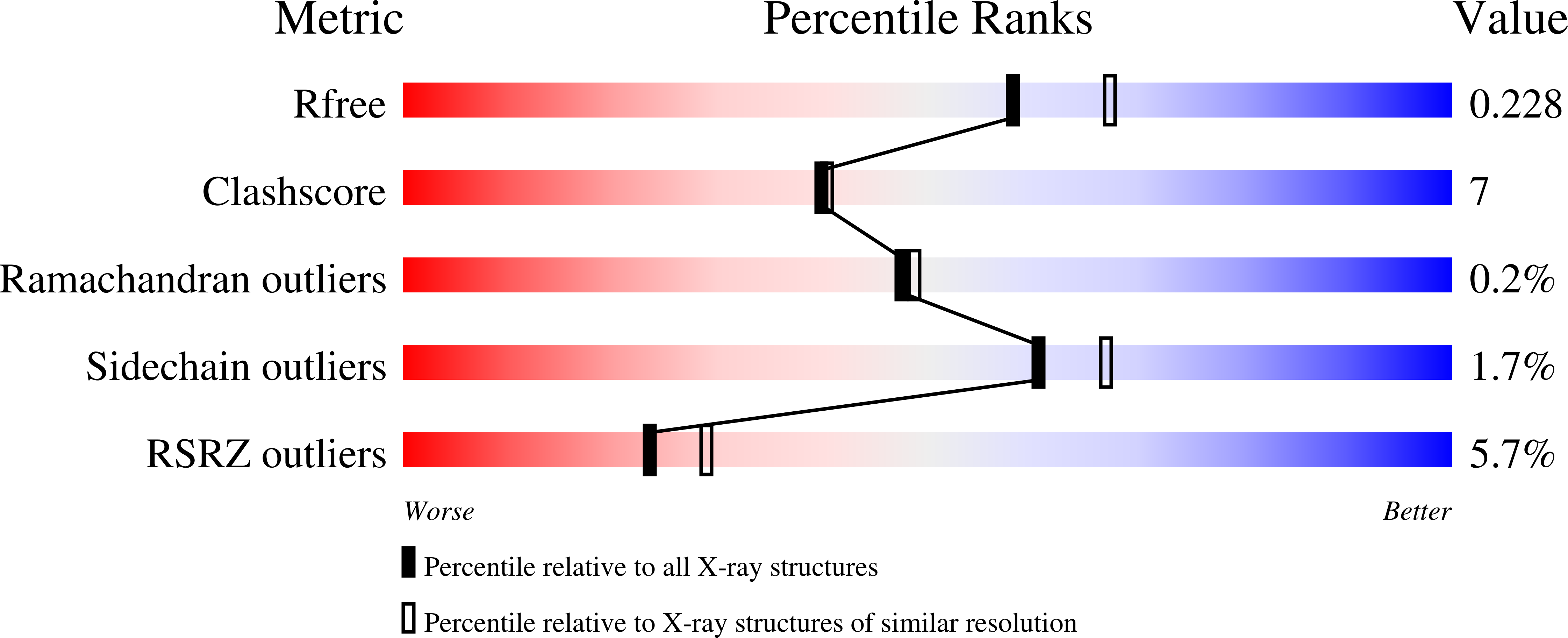
Deposition Date
2005-05-31
Release Date
2005-06-28
Last Version Date
2023-08-23
Entry Detail
PDB ID:
1ZUM
Keywords:
Title:
Human Mitochondrial Aldehyde Dehydrogenase Asian Variant, ALDH2*2, Apo Form
Biological Source:
Source Organism:
Homo sapiens (Taxon ID: 9606)
Host Organism:
Method Details:
Experimental Method:
Resolution:
2.10 Å
R-Value Free:
0.23
R-Value Work:
0.20
R-Value Observed:
0.20
Space Group:
P 1


